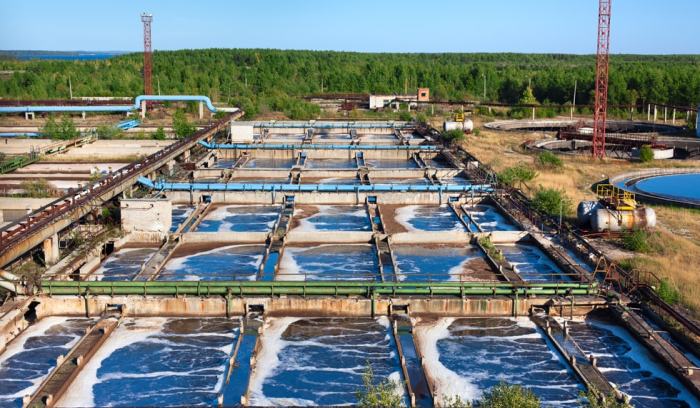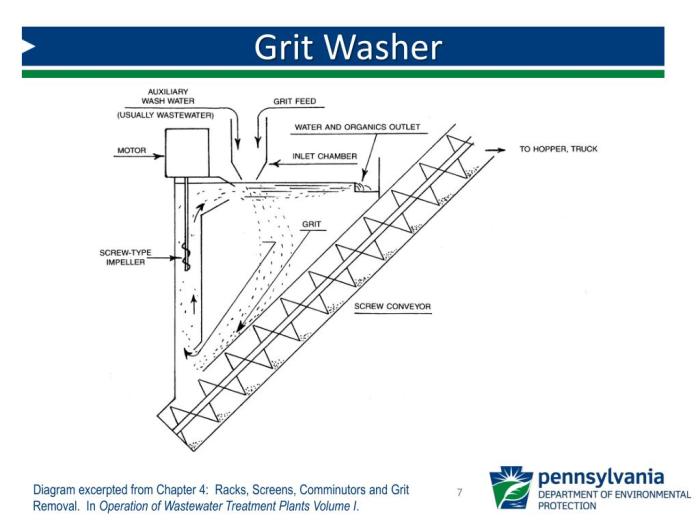Operation of wastewater treatment plants volume 1 8th edition pdf – The “Operation of Wastewater Treatment Plants Volume 1, 8th Edition PDF” is an authoritative and comprehensive resource for professionals in the field of wastewater treatment. This invaluable guide provides a detailed overview of the principles, technologies, and best practices involved in the efficient and effective operation of wastewater treatment facilities.
From preliminary treatment to advanced purification techniques, this publication covers every aspect of wastewater management, ensuring that readers gain a thorough understanding of the subject matter.
Wastewater Treatment Plant Operations

Wastewater treatment plants are essential for protecting public health and the environment by removing harmful contaminants from wastewater. These plants use a combination of physical, chemical, and biological processes to treat wastewater, making it safe for discharge into the environment or reuse.
Modern wastewater treatment plants are highly sophisticated and employ advanced technologies to ensure efficient and effective treatment. The operation of these plants requires skilled professionals with a deep understanding of the treatment processes and the ability to monitor and control the plant’s performance.
Treatment Stages, Operation of wastewater treatment plants volume 1 8th edition pdf
Wastewater treatment typically involves four main stages: preliminary, primary, secondary, and tertiary treatment. Each stage plays a specific role in removing different types of contaminants.
- Preliminary Treatment:Removes large objects, such as rags, sticks, and debris, from the wastewater.
- Primary Treatment:Removes settleable solids and organic matter through sedimentation and flotation.
- Secondary Treatment:Removes dissolved organic matter and nutrients through biological processes, such as activated sludge or trickling filters.
- Tertiary Treatment:Provides additional treatment to remove specific contaminants, such as phosphorus, nitrogen, or heavy metals.
Biological Treatment Processes
Biological treatment processes are the heart of wastewater treatment, as they remove dissolved organic matter and nutrients from the wastewater. The most common biological treatment processes are:
- Activated Sludge Process:Uses a mixture of microorganisms and air to break down organic matter.
- Trickling Filters:Uses a bed of rocks or plastic media over which wastewater is trickled, allowing microorganisms to grow and remove organic matter.
- Rotating Biological Contactors:Uses rotating discs or drums with attached microorganisms to remove organic matter.
The choice of biological treatment process depends on factors such as the size of the plant, the characteristics of the wastewater, and the desired level of treatment.
Advanced Treatment Technologies
In addition to the conventional treatment processes, advanced treatment technologies are often used to remove specific contaminants or meet stringent discharge requirements. These technologies include:
- Membrane Filtration:Uses membranes to remove suspended solids, bacteria, and viruses.
- Reverse Osmosis:Uses a semi-permeable membrane to remove dissolved solids, including salts and heavy metals.
- Ultraviolet Disinfection:Uses ultraviolet radiation to kill bacteria and viruses.
Advanced treatment technologies are becoming increasingly important as wastewater treatment plants face stricter discharge limits and the need to reuse treated wastewater.
Sludge Management
Sludge is a byproduct of wastewater treatment and consists of solids removed from the wastewater. Sludge management is essential to ensure the proper disposal or reuse of sludge while minimizing environmental impacts.
Sludge management techniques include:
- Sludge Thickening:Reduces the volume of sludge by removing water.
- Sludge Digestion:Breaks down organic matter in sludge through anaerobic or aerobic processes.
- Sludge Disposal:Options include landfilling, incineration, or land application.
Common Queries: Operation Of Wastewater Treatment Plants Volume 1 8th Edition Pdf
What are the key principles of wastewater treatment?
The key principles of wastewater treatment involve physical, chemical, and biological processes to remove contaminants and pollutants from wastewater, making it safe for discharge or reuse.
What are the different stages of wastewater treatment?
Wastewater treatment typically involves preliminary, primary, secondary, and tertiary treatment stages, each designed to remove specific types of contaminants and pollutants.
What are the advantages of biological treatment processes in wastewater treatment?
Biological treatment processes, such as activated sludge and trickling filters, utilize microorganisms to break down and remove organic matter from wastewater, offering cost-effective and efficient treatment.
